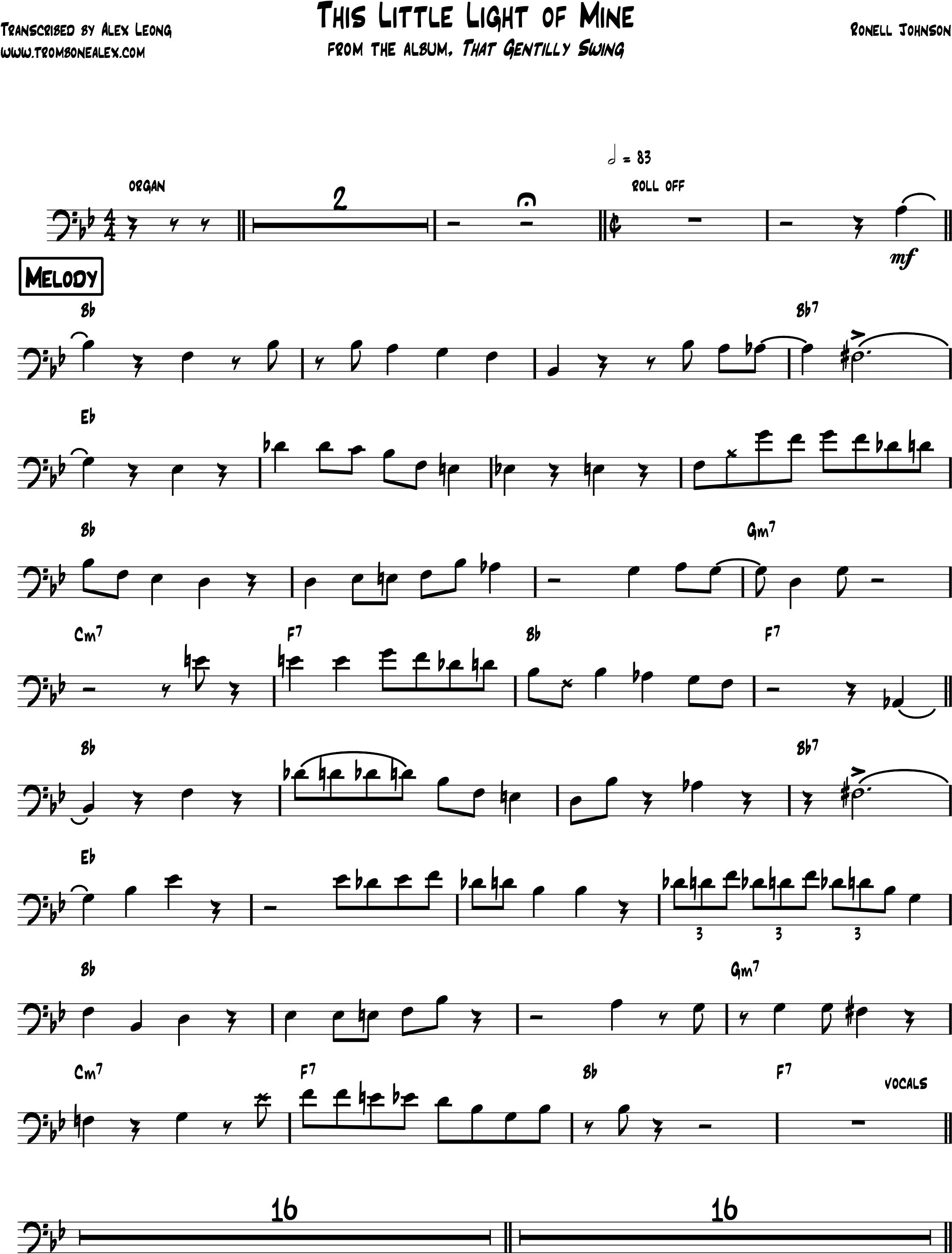The early recording echoes as a reflection of Deckard’s longing nostalgia as he faces the challenges ahead, to sleuth out the artificial intelligence that walks among the bustling city sidewalks of a derelict society.
Read MoreTrombonist Art Baron is one of the only two musicians who perform on the album Music of My Mind who is not Stevie Wonder.
Read MoreIn Los Angeles, Fishbone had combined ska and progressive rock with the frantic energy of Cold War hysteria, as celebrated in the 1985 single “Party at Ground Zero” featuring trombonist Chris Dowd, that would influence other California musicians like Frank Zappa and The Aquabats.
Read MoreThe rise of San Diego post-hardcore music in the early 1990s cultivated a serious demeanor throughout Southern California punk rock until a group of jokers from Orange County decided to openly mock the underground scene by forming a band of superheroes called The Aquabats.
Read MoreMembers of Antibalas were onstage performers for the Broadway jukebox musical Fela!, including trombonist Aaron Johnson who also took on the role of musical director for the show.
Read MoreWhile never an official band member, Los Angeles musician Gabrial McNair has been No Doubt’s trombonist since 1993, first appearing on the band’s second album The Beacon Street Collection.
Read MoreWhen Funkadelic wanted to enhance its 1971 recording of “Fuzzy” Haskin’s song “Back In Our Minds,” the obvious choice was Detroit trombonist McKinely Jackson.
Read MoreSo why has this Rico Rodriguez-style trombone solo gone unacknowledged - who knows? But a name that frequently appears is Annie Whitehead, described by Beat International Magazine as “the Sly and Robbie of British brass, the woman everyone turns to when they want a class trombone player.”
Read MoreJon Batiste’s “BOY HOOD” features two other New Orleans globetrotters: Trombone Shorty - a NOCCA classmate whose band, Orleans Avenue, included Batiste on its 2005 album, Orleans & Claiborne - and Grammy award-winning gospel pianist PJ Morton.
Read MoreDespite its underwhelming reception, Mutations provided Beck with the opportunity to develop his songwriting by exploring the depth of his influences with the help of his band of L.A. session musicians, like trombonist David Ralicke.
Read MoreJump With Joey band members - guitarist Smokey Hormel, trombonist David Ralicke, and trumpeter Elliot Caine - were recruited by Beck to perform the genre-blending style responsible for the songwriter’s crossover appeal in mainstream music.
Read MoreFollowing the lineage of Caribbean music with sociopolitical commentary, “Nite Klub” confronts the opulence and disparity of British nightlife during economic turmoil.
Read MoreReggae producer Dandy Livingstone knew a hit song when he heard it - especially when he had written it.
Read MoreWhen “Ghost Town” became a 1981 number-one single in the U.K., the future of The Specials was uncertain. Reflecting on the recession-fueled violence throughout England, the recording also captured the band’s own inner turmoil in attempting to re-create a Sly & Robbie production.
Read MoreSongwriter Leslie Bricusse suggested that “Pure Imagination” was written in a single day, however its enduring legacy can be attributed to the song’s adoption by the city of New Orleans - where “anything you want to, do it” is the way of life.
Read MoreIn 1944, New Orleans trombonist Jim Robinson recorded a version of “Ice Cream” with clarinetist George Lewis, featuring the trombone as the lead melodic voice and a rhythmic performance that established the song as his signature tune.
Read MoreIt was church musician Harry Dixon Loes’ version that helped to illuminate the struggle for Civil Rights in the States and also provided positive affirmations on developing minds as a children’s song - re-contextualizing the sacred practice for secular work.
Read MoreAmong the popular compositions by Louisiana-native songwriter Spencer Williams, which include “Royal Garden Blues” and “When Lights Are Low,” the most-widely adapted song has been “Basin Street Blues.”
Read MoreIt was a group of white musicians from New Orleans who had relocated to Chicago and recorded “That’s a Plenty” as the New Orleans Rhythm Kings in 1932, presenting a more authentic feel to the standard rags that defined Chicago-style jazz.
Read MoreIt is only fitting for “I Wish I Could Shimmy Like My Sister Kate” - a song about hearsay, reputation, and second-hand accounts - to have a questionably curious backstory.
Read More


















